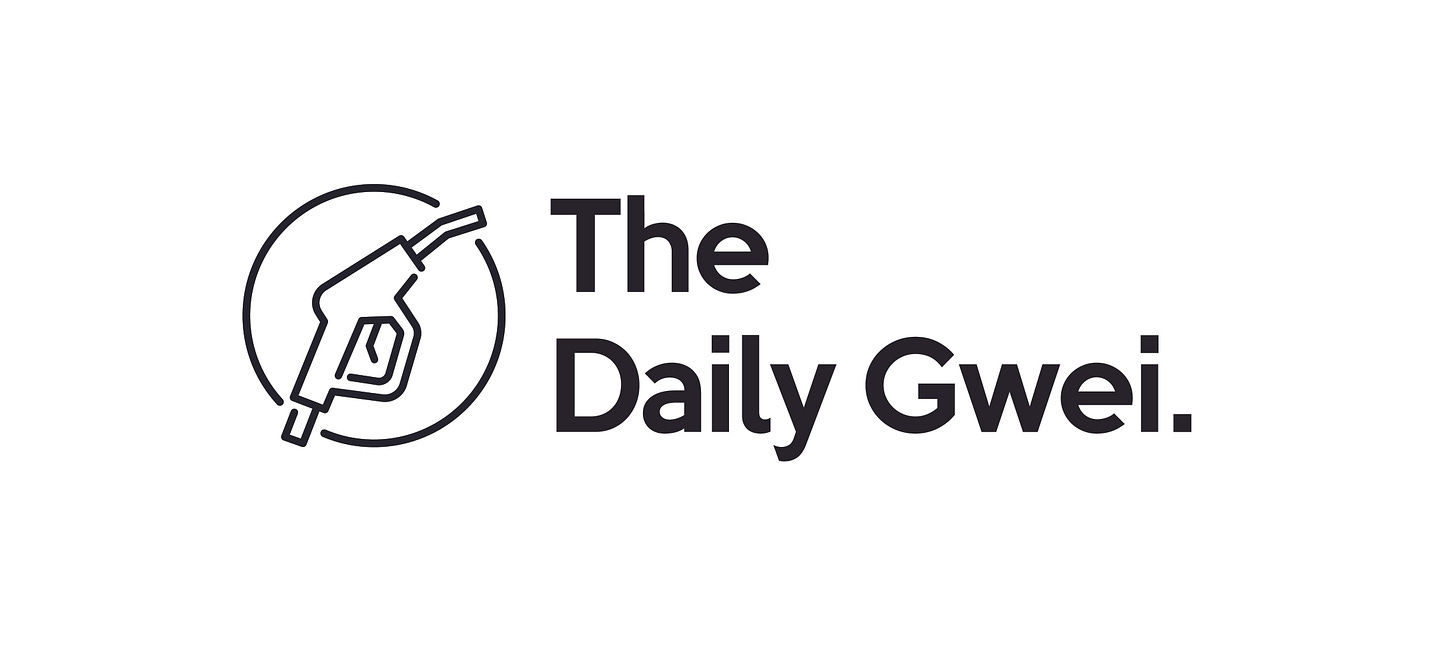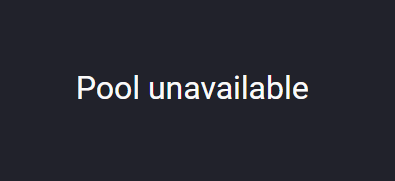Not Everything is Decentralized - The Daily Gwei #39
Just because a protocol is decentralized, doesn't mean the front-end has to be.

There was a copycat YFI token spun up over the last 24 hours called YFII that has caused some divide in the DeFi community. This divide has led some people to call this copycat token a scam which then led to what happened just a few hours ago - Balancer blacklisted the YFII/DAI pool from its front-end interface.


Now, of course, people are in Balancer’s Discord server saying that Balancer isn’t “decentralized” or is going against what DeFi is meant to be - I think it’s more nuanced that. There’s a key difference between the decentralized smart contracts that live on Ethereum and the centralized front-end that users interact with to access those smart contracts. For example, anyone is able to directly interact with the Balancer contracts via various means (using Etherscan, MyEtherWallet/MyCrypto or a third party app) but obviously the way most users will interact with them are by using Balancer’s official front-end. I actually wrote a guide on how to interact with the Set Protocol smart contracts using Etherscan and MyEtherWallet if you wanted to see what this looks like in practice.
This begs the question - are the protocol creators/maintainers (who also maintain the front-end) expected to remain “neutral” in these cases? Or are they meant to be the arbiters of what is considered a “scam” and what isn’t? I think it’s unfair to expect the maintainer of a front-end to be held to some gold standard of having to be totally “decentralized” and let scams/frauds run free on their platform - that is not what it means to be “DeFi”. If people want to buy a token via a DEX like Balancer, they still can by using the smart contracts but people shouldn’t expect the centralized front-ends to remain neutral.
Though, taking the other side of this, we can also look at it from a user perspective. Imagine that a user was providing liquidity to the YFII/DAI pool on Balancer and they went to check on it today only to discover that the pool is gone from the front-end. Now, of course, this user is going to panic and immediately think that they’ve been scammed or their money is lost. The only choice they now have is to either try to figure out how to interact with the contracts manually or go through support channels. The weird thing here is that those support channels are usually the team themselves so if the team removed the pool from the frontend because they thought it was a scam or fraudulent, would they even help this person to retrieve their funds? Would it be up to the community to help in this case? I don’t think this is the case with the Balancer team/community but it could happen in other communities!
Uniswap has also been struggling with this issue for a while where users were unhappy with the insufficient warnings displayed on Uniswap’s front-end about scam tokens. This is because on Uniswap you can enter the contract address of a token and it’ll pull the ticker (such as ‘ETH’) and display that for the user. Scammers tend to play on this by creating new token contracts of popular new tokens and use the same name so that when a user enters in the fake contract address, they believe that it’s the real one (though Uniswap has much better warnings now). Though, this only happens if Uniswap hasn’t verified and added the token to the dropdown menu themselves.
What I would like to see more of is projects hosting their front-end on services like IPFS or developers forking the front-ends (if open source) and creating a vibrant ecosystem that taps into these contracts. We already do see this happening to some extent with services like InstaDApp, Zerion and ZapperFi allowing users to interact with different protocols outside of the “official” front-ends. This is obviously great for decentralization and gives users multiple platforms to choose from.
Have a great day everyone,
Anthony Sassano
All information presented above is for educational purposes only and should not be taken as investment advice.



